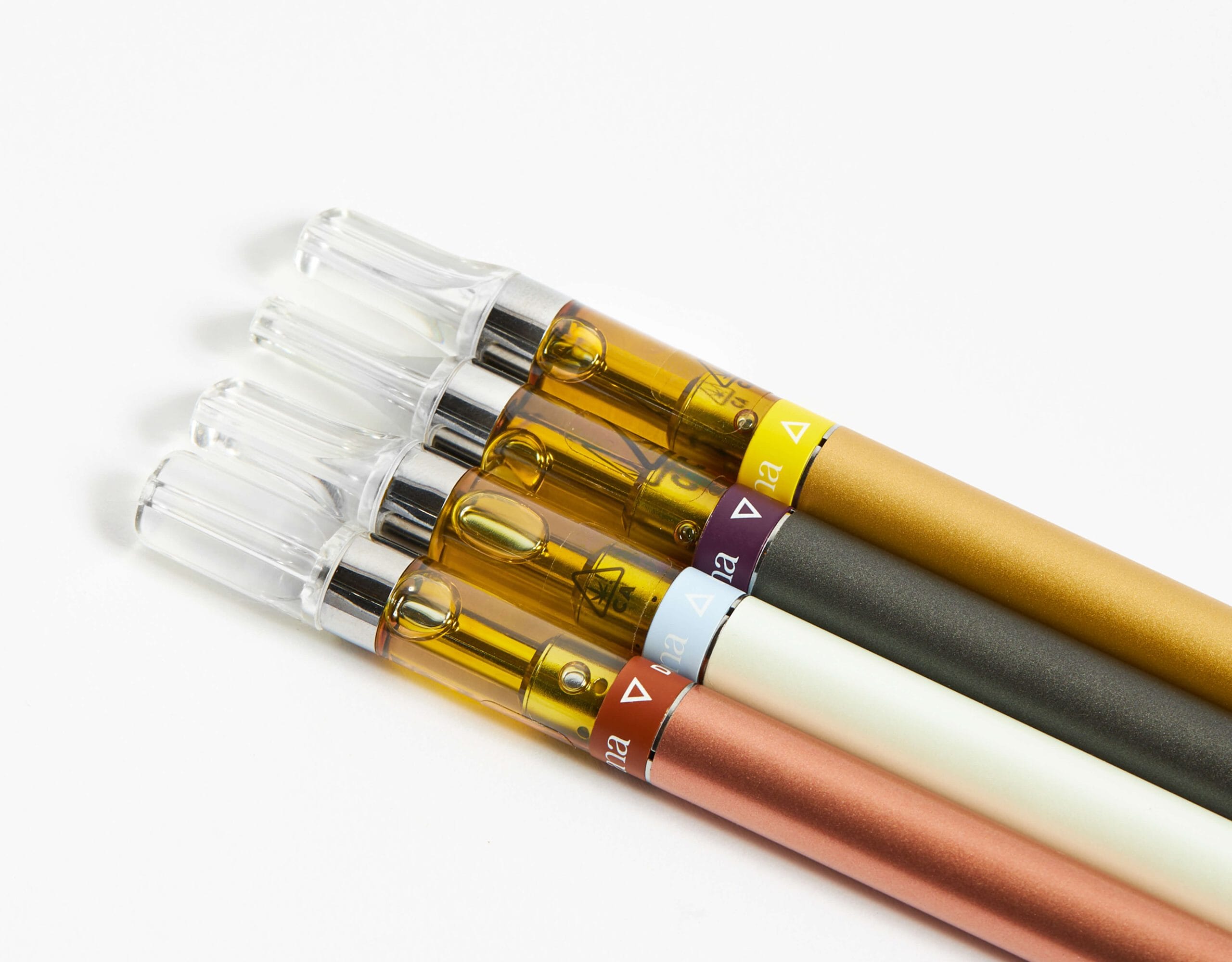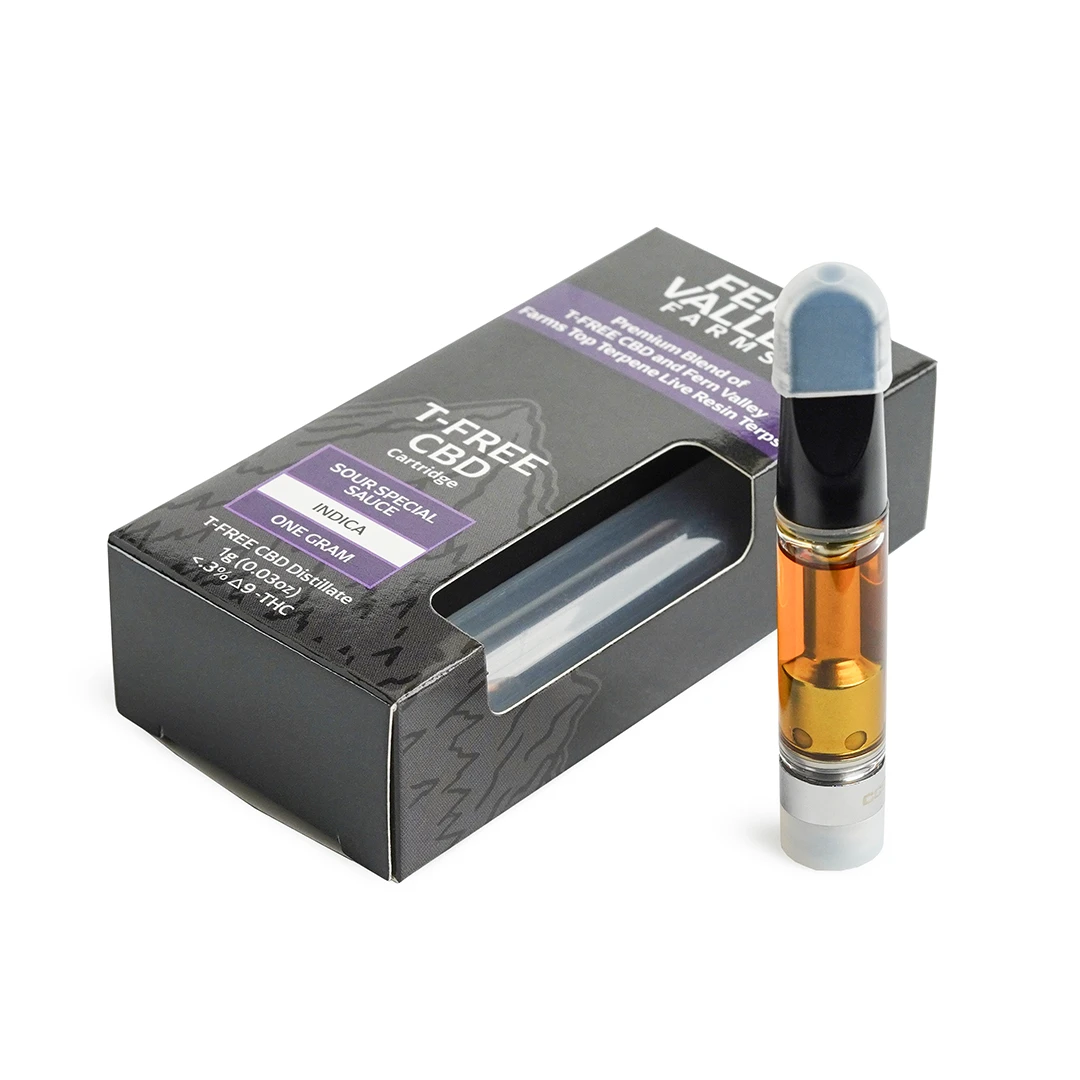The Ultimate Overview to Recognizing Big Chief Carts and Their Functions
The Ultimate Overview to Recognizing Big Chief Carts and Their Functions
Blog Article
The Ecological Influence of Non Reusable Carts: What Cannabis Users Need to Know
The surge in cannabis intake has coincided with a disconcerting rise in the use of disposable vape cartridges, a fad that poses significant ecological challenges. As awareness expands pertaining to the environmental effects of these choices, marijuana users need to assess their intake practices and consider the wider consequences of their choices.
Recognizing Disposable Vape Carts
Understanding the technicians of disposable vape carts is necessary for reviewing their ecological impact. These gadgets generally consist of a pre-filled cartridge containing cannabis oil, a battery, and a burner. The cartridge is commonly made from products such as glass, plastic, and steel, while the battery is mostly constructed from lithium-ion. This combination makes it possible for users to inhale vaporized cannabis without the need for burning, which is usually perceived as a cleaner choice to typical smoking cigarettes.
Nonetheless, the convenience of disposable vape carts includes significant factors to consider. Once depleted, these cartridges are frequently taken care of, adding to waste streams. The materials used in their building and construction present difficulties for recycling and biodegradation, as several elements do not quickly break down in all-natural atmospheres. In addition, the lithium-ion batteries can be hazardous otherwise taken care of properly, as they might leakage harmful substances right into the setting.
Environmental Effects of Plastic
Plastic air pollution has actually emerged as among the most pressing ecological challenges of our time. The production and disposal of plastic products, consisting of non reusable cannabis carts, add significantly to this situation. Approximately 300 million heaps of plastic are produced every year, with a substantial part locating its way right into landfills and all-natural ecological communities.

Beyond wildlife, plastics also add to dirt and water contamination, as hazardous additives and chemicals leach right into the setting. The energy-intensive processes associated with plastic production worsen climate change by launching greenhouse gases.
As cannabis users increasingly transform to disposable carts for ease, it is essential to recognize their plastic parts and the wider implications of their usage. Dealing with plastic pollution needs collective action and a change towards more lasting methods, stressing the requirement for alternatives and appropriate disposal approaches.

The Lifecycle of Non Reusable Carts
Several consumers may not recognize the facility lifecycle of non reusable marijuana carts, which encompasses different phases from manufacturing to disposal. The lifecycle begins with the extraction of basic materials, largely steels and plastics, which are refined and molded right into the components of the cart. This manufacturing process commonly entails significant power consumption and emissions, adding to the total carbon footprint.
Once created, these disposable carts are full of cannabis oil, commonly packaged in second products for retail distribution. Using these items typically results in a single-use scenario, resulting in a rapid boost in waste. After a customer has actually finished using a non reusable cart, it is frequently discarded incorrectly, intensifying environmental issues.
The disposal stage is vital, as many of these carts are not recyclable as a result of their composite materials. Consequently, they often finish up in land fills, where they add to long-lasting environmental pollution. Furthermore, the break down of plastics in land fills can launch damaging materials into the soil and water. Understanding this lifecycle is essential for marijuana customers, as it underscores the ecological effects of their usage choices and encourages extra enlightened decisions concerning item use.
Lasting Alternatives for Users
As ecological concerns surrounding disposable cannabis carts remain to climb, users are significantly seeking sustainable options that lessen environmental influence. Big Chief carts. One feasible alternative is making use of refillable vape pens, which enable customers to purchase e-liquid or oil wholesale and re-fill their devices multiple times. This considerably minimizes the amount of plastic waste created, as users can maintain the exact same device for a prolonged period
One more sustainable option is the usage of compostable or eco-friendly Going Here cartridges made from environmentally friendly materials. These items are made to break down much more naturally than conventional Website plastics, therefore lessening their damaging impacts on the setting. Additionally, some firms are currently supplying glass cartridges, which can be reused or reused, better lowering waste.
In addition, going with neighborhood and natural marijuana items can add to sustainability by sustaining eco responsible farming practices. Customers can likewise advocate for brand names that focus on sustainability in their manufacturing processes. By making thoughtful selections concerning their consumption, cannabis users can play an essential function in advertising eco-friendly methods within the market, eventually resulting in a more lasting future for marijuana usage.
Taking Activity for Adjustment
A substantial change towards sustainable techniques within the marijuana market needs proactive involvement from producers, customers, and policymakers alike. Customers play a vital role by advocating for environmentally friendly products and sustaining brand names that focus on sustainability. By selecting refillable or recyclable alternatives over disposable carts, customers can signal to producers that there is a demand for eco accountable alternatives.
Manufacturers have to additionally take the initiative by purchasing r & d of sustainable packaging options. Advancements such as biodegradable products and closed-loop systems can dramatically reduce waste. Openness in sourcing and production procedures is essential, enabling consumers to make informed choices regarding their acquisitions.
Policymakers can promote this modification by implementing regulations that motivate lasting techniques within the industry (Big Chief carts). Rewards for business taking on green technologies and more stringent policies on single-use plastics can drive substantial renovations
Collaborative initiatives amongst these official source stakeholders will be vital in resolving the environmental challenges posed by non reusable carts. By fostering a culture of sustainability within the marijuana area, it is possible to decrease ecological footprints while advertising responsible usage. Inevitably, collective activity can bring about an extra lasting future for the cannabis market and the world.
Conclusion
The ecological impact of non reusable vape cartridges requires immediate focus from marijuana individuals. By prioritizing ecologically pleasant choices, consumers can play an important role in decreasing waste and cultivating a much more sustainable marijuana society.
The production and disposal of plastic items, including non reusable marijuana carts, contribute dramatically to this situation.Several customers may not understand the facility lifecycle of disposable marijuana carts, which encompasses various stages from manufacturing to disposal.As soon as produced, these non reusable carts are loaded with cannabis oil, usually packaged in secondary materials for retail circulation.As environmental problems bordering non reusable cannabis carts continue to rise, individuals are increasingly seeking lasting choices that minimize eco-friendly impact. By making thoughtful options regarding their consumption, marijuana individuals can play a vital duty in advertising ecologically pleasant practices within the market, inevitably leading to a more lasting future for marijuana consumption.
Report this page